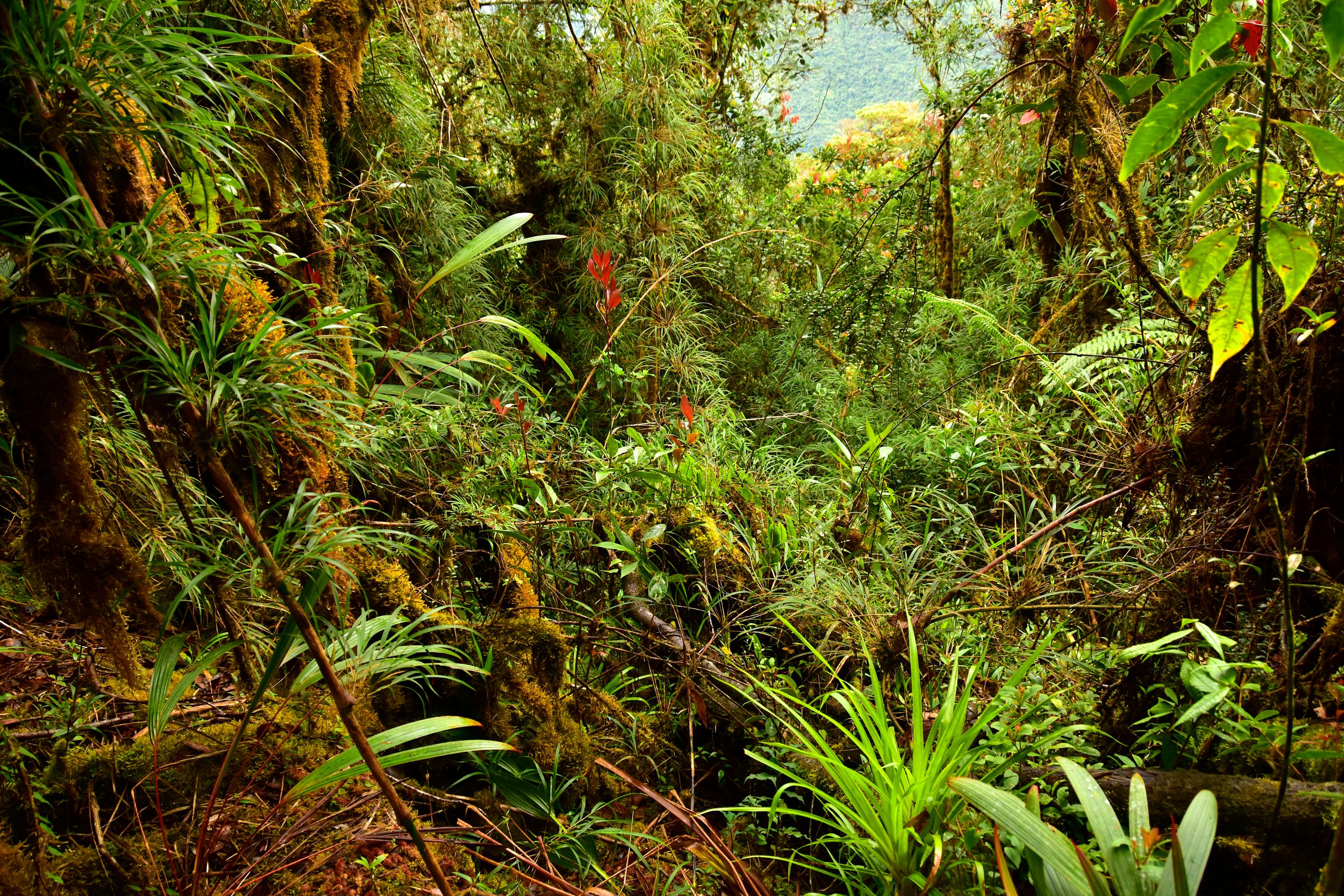
Learn more about Earth’s climate, oceans, and other natural bounties.
Become a more knowledgeable advocate for our planet with these free educational resources, articles, and factsheets.
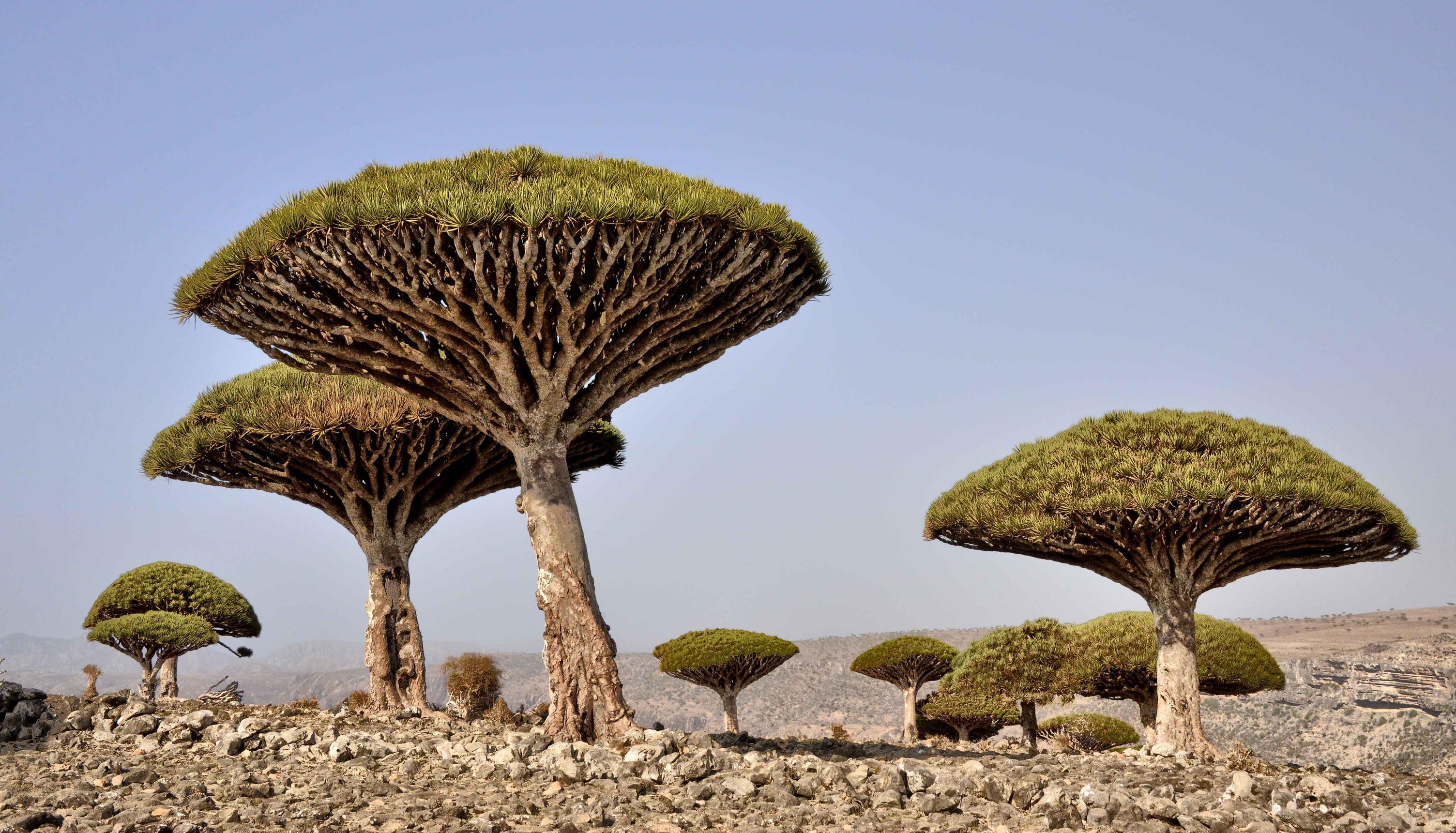
The World’s Most Unusual Trees
What’s the tallest tree on Earth? The oldest? The strangest-shaped? Learn more about our planet’s unique and breathtaking flora.
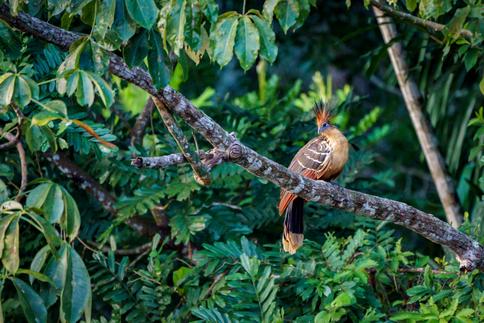
Amazonia facts
The Amazon Rainforest is the largest tropical forest in the world, spanning nine countries and providing a home to more than 30 million people. It helps sustain life all around the world.
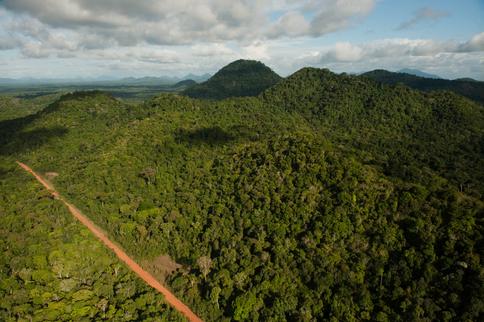
Climate change facts
The climate crisis has arrived — and nature can provide at least 30 percent of the emissions reductions required to prevent runaway global warming.
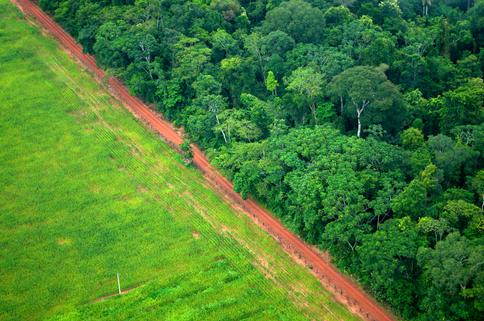
Deforestation facts
More than half of the world’s forests have been destroyed since 1960, accelerated by agricultural expansion, illegal mining and logging, and urbanization.
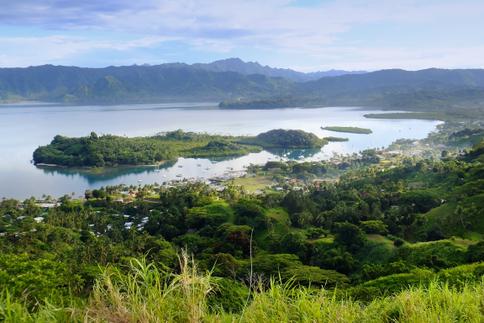
IPCC reports on climate change
The IPCC is the world’s top authority on climate science. Its reports explain how our climate is changing, how humanity can adapt, and how we can prevent further damage.
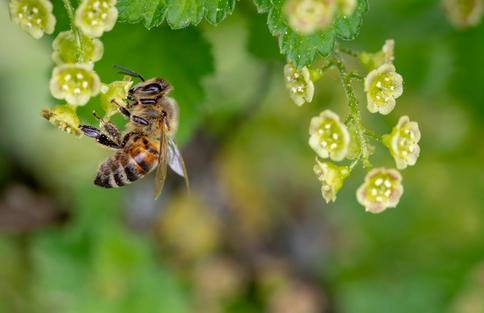
Beekeeping as a conservation tool
Bees can visit more than 2,000 flowers in a day, spreading pollen and fertilizing everything from wild flora in forests to the crops we use for food, clothing and medicine. Yet around the world, bee populations are in decline.
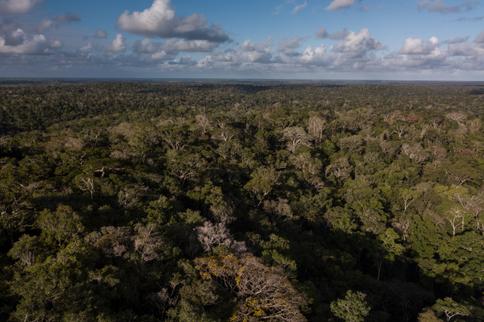
Fires in Amazonia
Fueled by drought and slash-and-burn agriculture, fires are ravaging the Amazon. Learn more about where, when, and how they occur — and why it all matters.
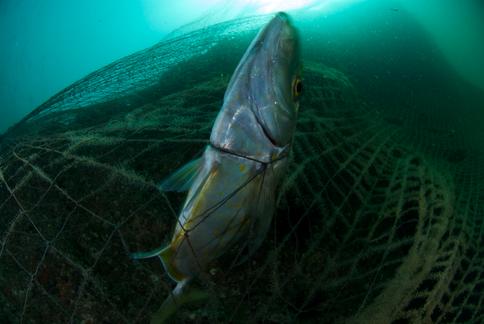
Ocean pollution facts
The ocean is the origin and engine of all life on this planet — and it is threatened by plastic pollution, sewage and industrial waste.
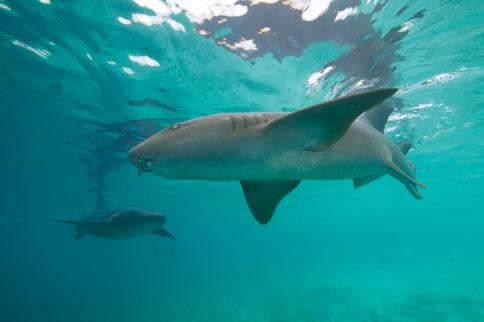
Shark Facts
These mysterious, magnificent apex predators help maintain balance in marine ecosystems — and in many places, help boost local economies.
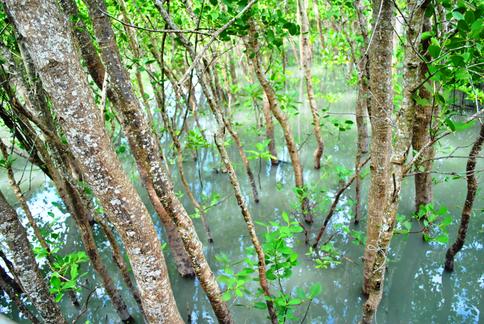
Mangroves facts
Mangrove forests cover a tiny fraction of the planet’s surface, but they provide so much for so many people. Now, coastal development, unsustainable aquaculture and sea-level rise pose unprecedented threats to these fragile ecosystems.
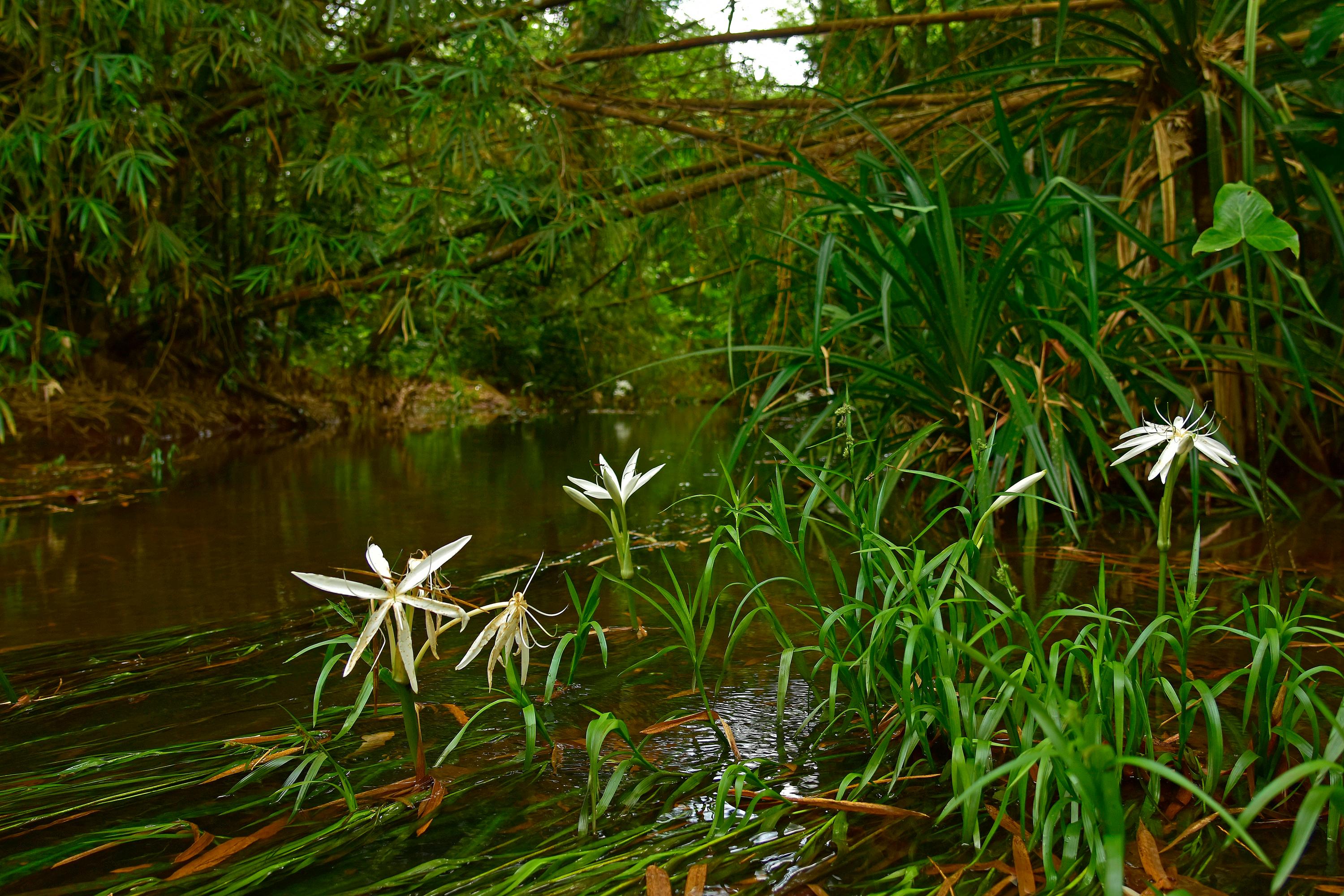
Biodiversity Hotspots
Certain areas are home to large numbers of endemic species — those found nowhere else. Many of these are heavily threatened by deforestation and other human activities. Over the years, we have identified 36 regions where conservation efforts can have an outsized role in preventing mass extinction.
Carbon Footprint & Climate
People, companies, and industries all leave carbon footprints. Your personal footprint encompasses the planet-warming emissions created by your travel, your diet, your purchases, and more. The larger your footprint, the heavier the strain on our climate.
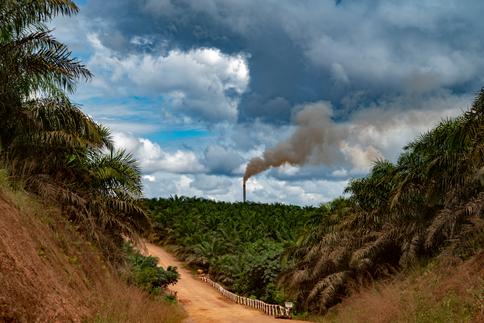
What is a carbon footprint?
The choices we make in our day-to-day lives — from what we cook to how we travel — can leave a lasting mark on the environment.
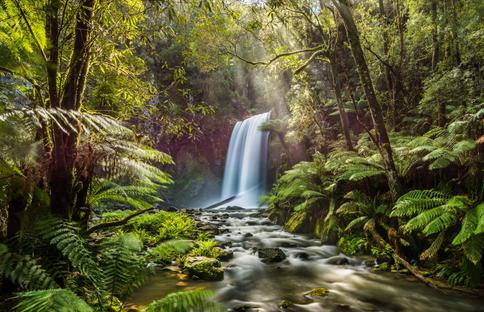
What are carbon credits?
Conservation International helps ensure that forests are worth more alive than dead — and properly valued for removing vast quantities of carbon from the atmosphere.

Why are carbon projects important?
Carbon projects help build thriving economies around conservation, financially rewarding local people for good environmental stewardship.
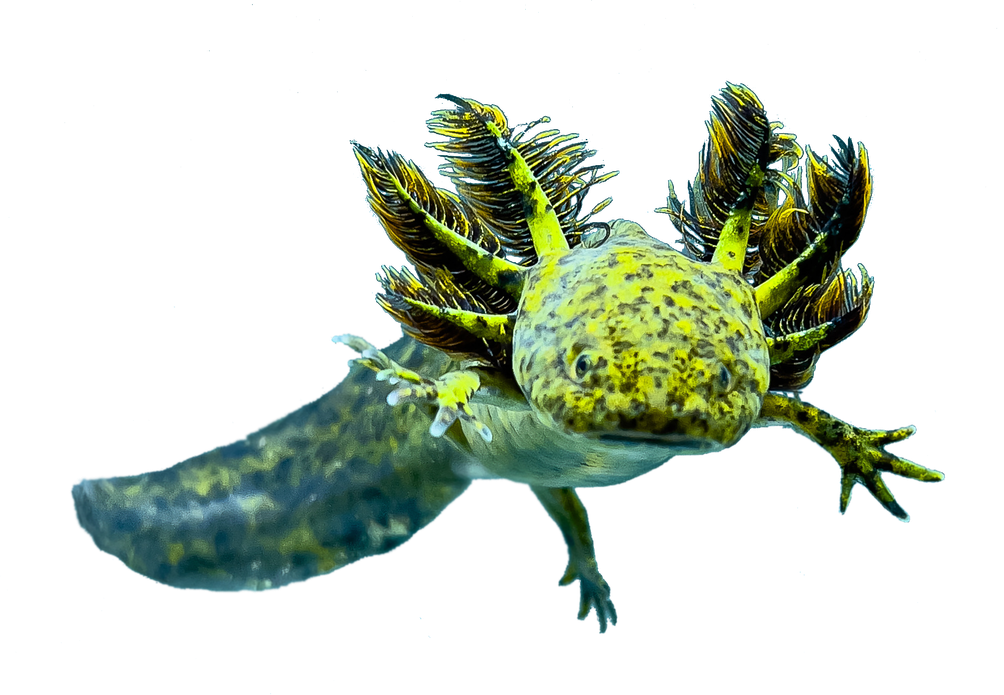
You found an Axolotl!
The world’s last wild axolotls hide among the waterlilies of a shrinking lake system outside of Mexico City. These distinctive salamanders, known among scientists as *Ambystoma mexicanum*, are instantly recognizable by their feathery gills and tadpole-like appearance.